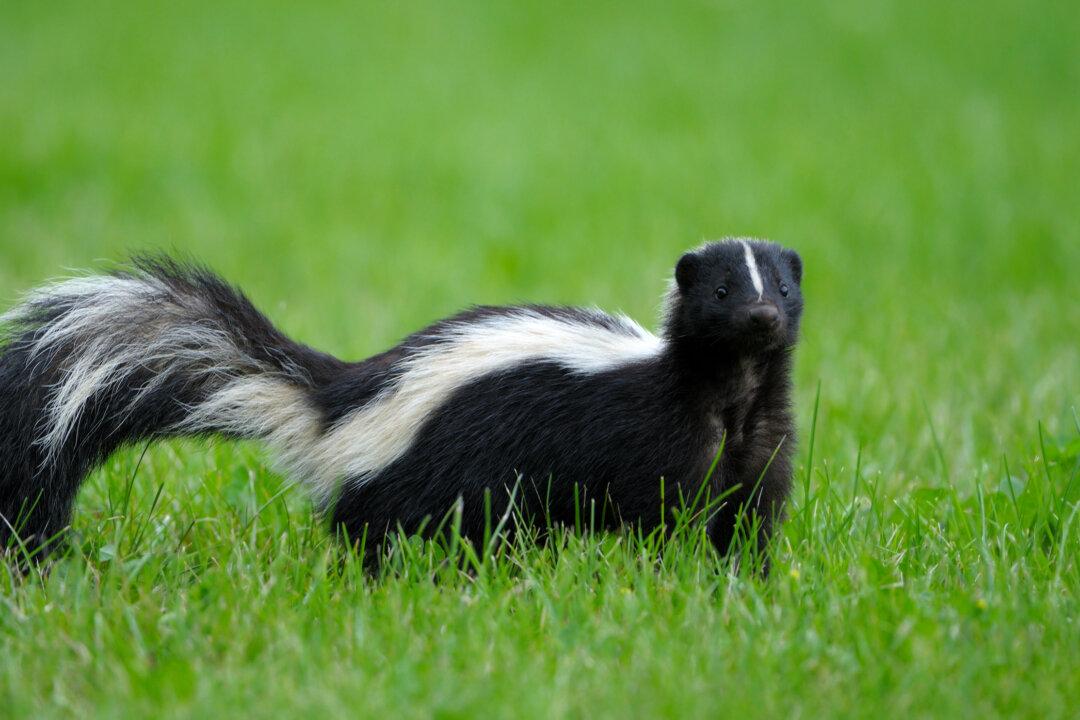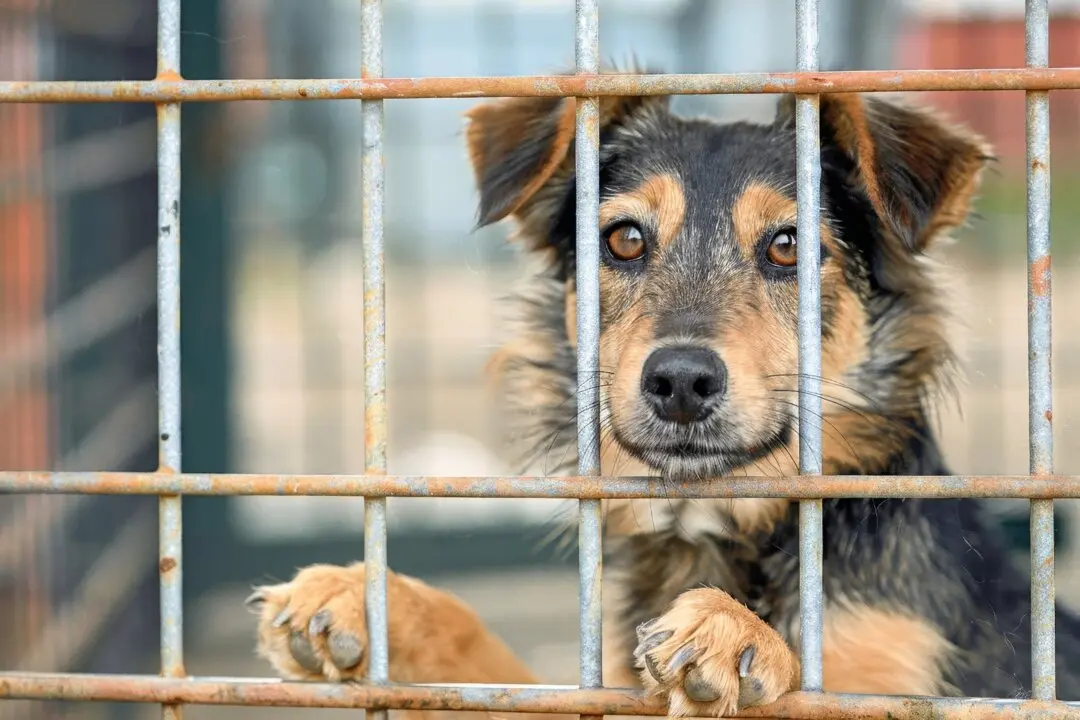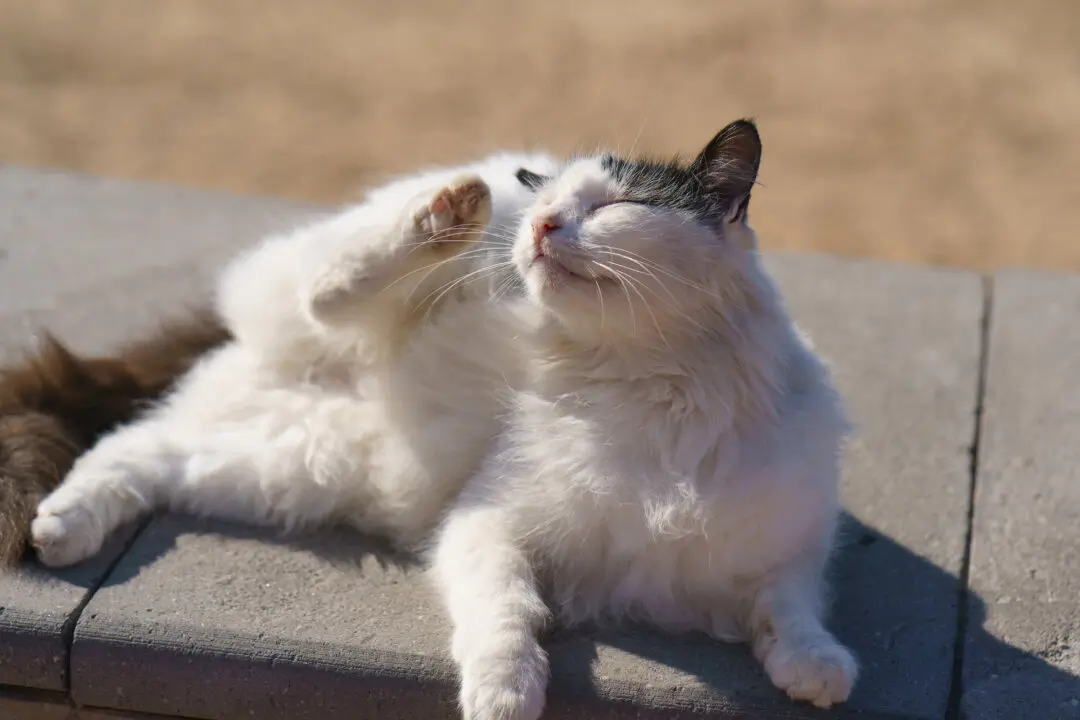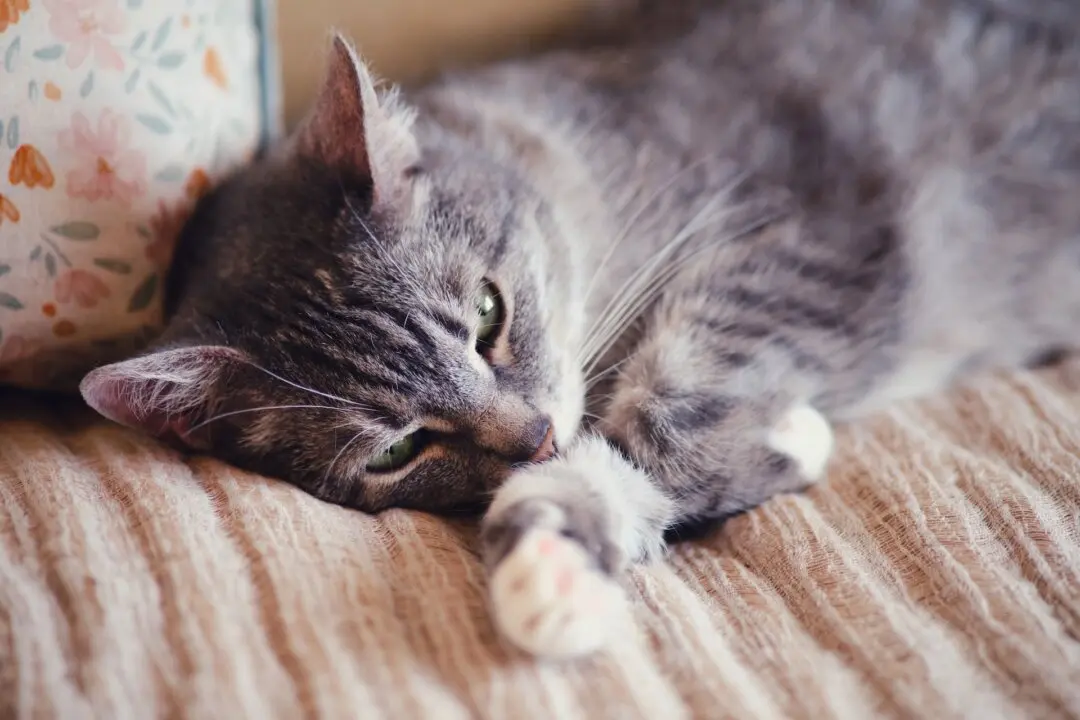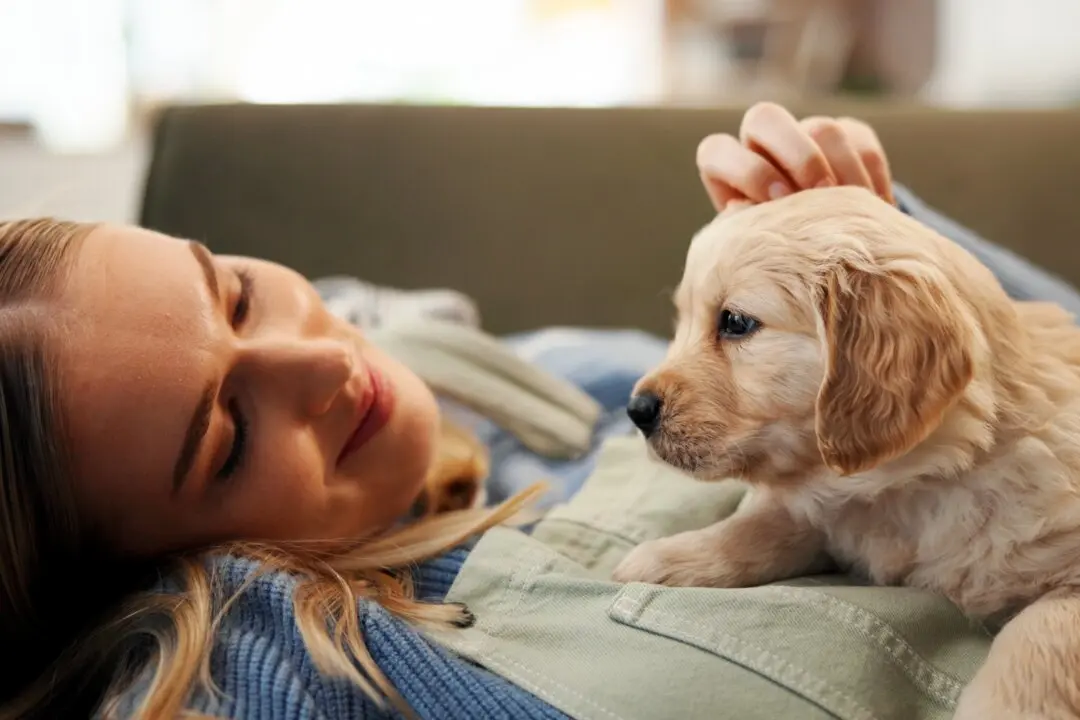Q: My puppy, Cooper, got skunked today. Is skunk gunk toxic to puppies? Also, please recommend a safe way to get rid of the stench on a puppy.
A: The standard commercial skunk remedies, like Skunk-Off and Nature’s Miracle Skunk Odor Remover, are safe for puppies. Or you can try one of these homemade recipes:
- Mix 1 quart of 3 percent hydrogen peroxide, 1/4 cup baking soda (sodium bicarbonate), and 1 to 2 teaspoons dishwashing liquid. While the brew bubbles, rub it on Cooper. Leave it on for 10 to 15 minutes and then rinse well. Repeat if necessary.
- Use tomato juice to dip Cooper. Let it dry, wash it out, and then bathe him with dog shampoo.
- Bathe him with Dawn dishwashing liquid followed by dog shampoo.
- Use double-strength Massengill vinegar and water douche powder as a dip.

